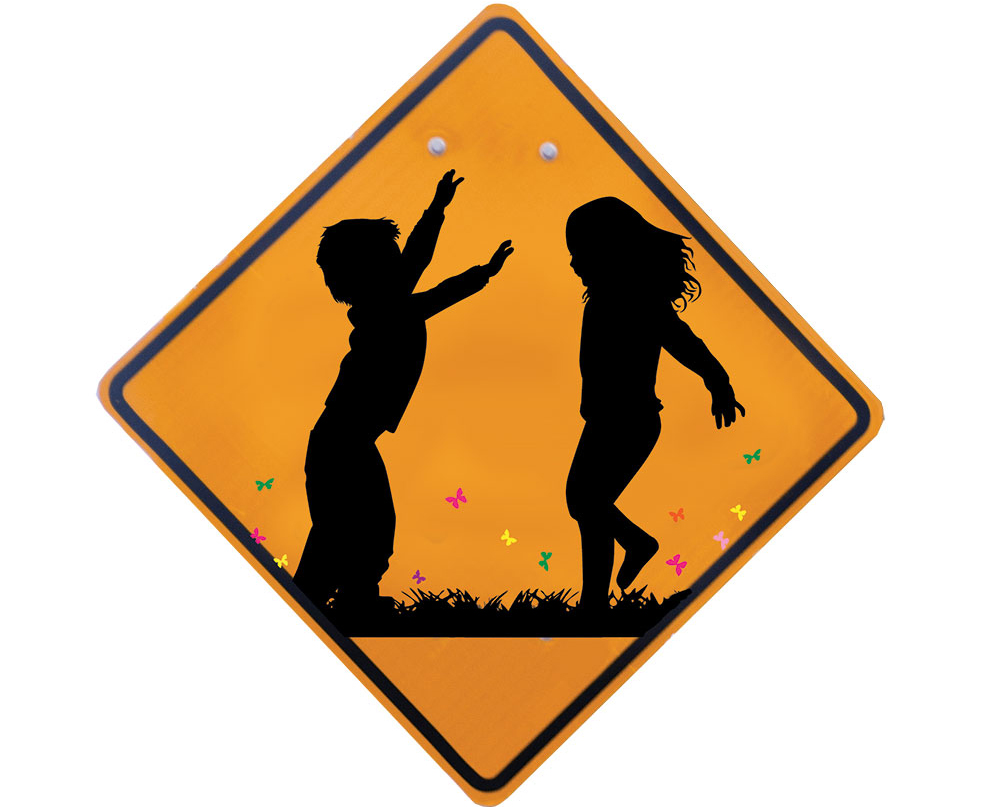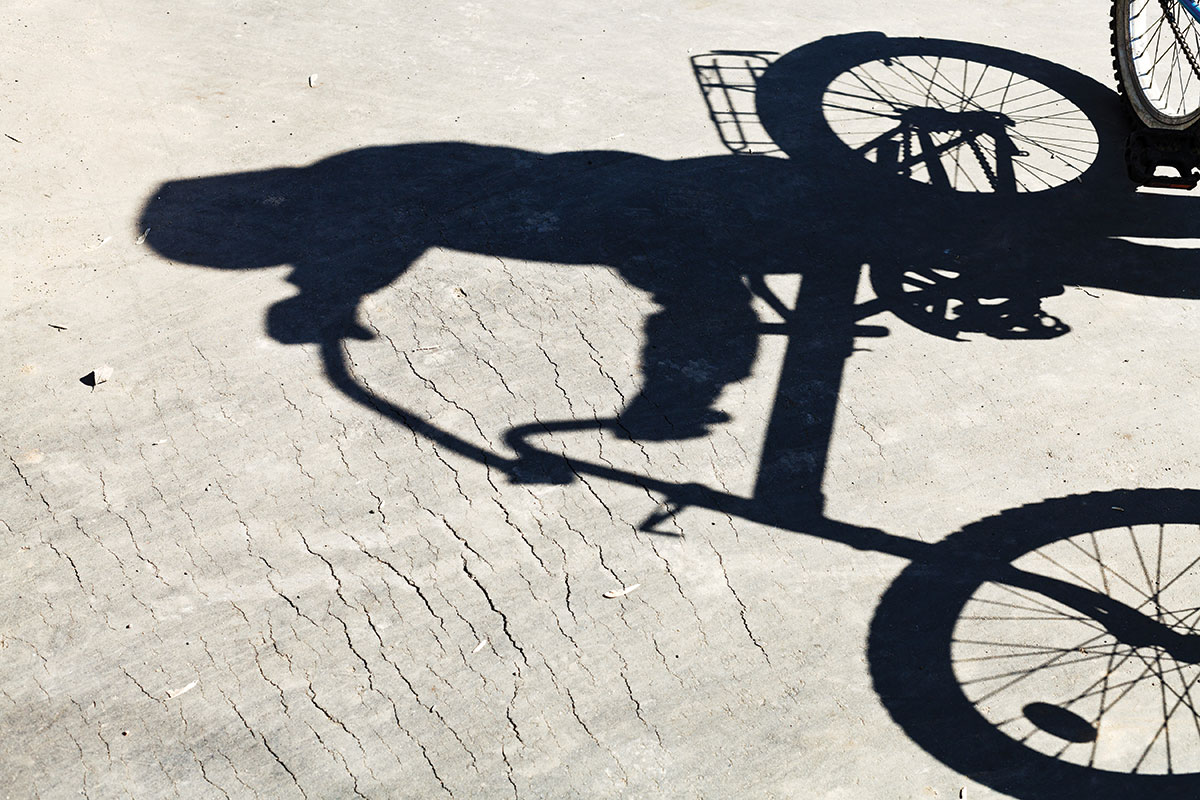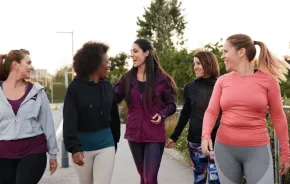
Editor's Note: What happens when three protective parents hoping to build their kids’ independence loosen the leash a little? This summer, three families from different neighborhoods with kids of different ages found out. This is the first story in this three-part challenge. Read part 2 and part 3.
The challenge didn’t seem so complicated, and the timing — the start of a long summer full of wide-open days and endless sun — was perfect. All I had to do was, for one month, let my kids loose. A little. As the editor of a leading parenting magazine, I figured I should be able to set an example for us hovering, paranoid American parents everywhere: Take a chill pill. Ease up on the leash. Re-lax. Engage in the modern-parenting equivalent of smoking a bit of weed: Let my kids go free-range.
ParentMap’s team of editors and writers (most of us parents ourselves, of kids ranging in age from diapers to college and beyond) came up with the challenge idea after reading months of increasingly divisive headlines about “free-range parenting.” We had seen the stories of parents criticized, even arrested, for allowing their children to play at the park alone or walk to the school bus stop without an adult. Aside from the occasional egregious examples of neglect or poor judgment, and the choice-limiting difficulties of extreme economic hardship, we wanted to understand: How do we know how much freedom is right, and when? Are we helping our kids, or hindering? What would happen if we loosened up?
The debate over free-range parenting in the U.S. is in stark contrast to tales of laissez-faire European parenting, and to the stories we all carry from our own childhoods (how did we ever survive the hours outside until dinnertime, the solo bike rides, the experimental forest bonfires?).
Three of us decided to take on the challenge first, in order to spark what we hope will be a fruitful conversation about the balance between independence and safety, about building community and combating isolation — a conversation about the worries and aspirations at the core of our parenting — and to eventually issue a free-range challenge to other families.
Here’s what happened.
Part 1: A worrier mom is always anxious
Family: Mom, dad, two daughters ages 8 and 10
Neighborhood: A North Seattle suburb on a quiet-ish street with school, parks and busy streets nearby
Goals: Let kids walk to school alone, let kids play at park alone, let kids cook meals alone, let kids stay home alone for short stretches, let kids ride bikes around block alone
All I had to do was give my two daughters, 8 and 10 (and sheltered, according to many standards), more freedom than they were used to; to stop being so paranoid and infuse my children with a new sense of self-determination and initiative.
Easier said than done, this worrier mom discovered.
First, some background. I grew up on the East Coast in a big city. Until age 11, I lived in a quiet suburb, where I started walking to school by myself, a few blocks away, in kindergarten (there were crossing guards). When I was 8, I took off on my bike with my friends, unsupervised — but my mom never let me outside after dinner, even in the summer when all the other kids were out and about. In the sixth grade, I moved closer to downtown, and with my friends, I learned to take the metro and public buses all around the city. At 12, I babysat my 7- and 2-year-old brothers, plus I babysat other people’s young kids on the weekend (what were those crazy parents thinking?). Still, I had been sheltered compared to my husband, who grew up on a ranch in rural northern Arizona with his hippie parents and eight siblings. Those kids were so free-range, they were practically laying eggs. By age 5, my husband was walking 2 miles across the open desert to his bus stop; by age 7, he spent entire summer days on his bike exploring, miles from away from home; at 13, he woke up at 4 a.m. to cook oatmeal for the whole family before leaving for a two-hour commute to school.
All of this freedom created fun for my kids’ dad, built skills and responsibility — and also led to occasional danger. “I don’t know how we didn’t get killed out there,” he says, not to put too fine a point on it.
You can probably guess we have slightly different parenting philosophies.
I tend to hover. I do let my kids do things for themselves, but mostly under supervision.
The month of the challenge, I tried to pull back and allow some of the things my husband seems more comfortable with. Progress was slow, but it happened. The girls rode around the block alone on their bikes (full confession: on his watch, not mine). My husband also allowed them to walk the couple of blocks to school mostly by themselves while spotting them from the corner (I couldn’t bring myself to do it).
They made several meals using the stove and oven completely on their own — something I now fully trust them with.
I intended to try dropping them off at the Green Lake playground and heading into the nearby Starbucks to spend a little time by myself. The plan sounded great ahead of time, but I’ll be honest: I chickened out.
But later in the month, while visiting a friend in the neighborhood one afternoon, my daughters walked three blocks with their friend to the corner store, bought their own treats, and walked home. I even felt sort of OK about it afterward. Success!
Ultimately, I realized this: I’m mostly scared about people doing bad things to my kids, rather than mistrusting my kids’ abilities to make smart choices.

My fear presented itself one evening when I took the kids on a neighborhood walk after dinner. I had begun to let them ride their bikes ahead, around the corner and up a block or two or three while I dawdled with our dogs. On this night, the kids rode ahead and out of my sight. As I rounded the corner, I saw my 10-year-old stopped far up the block, examining her bike chain, which had come loose. At the same moment I spotted ahead of me, near her, a young man in his 20s with a dog, smiling from across the street at my daughter. He looked like he was about to approach her. I hurried up and asked loudly, “What’s wrong?” The man turned, surprised to see me, and said, “I’m happy to help you with that chain.”
“That’s OK,” I answered. “We’re close to home.”
He could have been a helpful neighbor ready to fix her chain. There’s probably a 99 percent chance he was a kind passerby.
But there are three known sex offenders within a half-mile radius of us, and 12 within a mile.
I trust my kids, but I don’t trust every stranger. And we’re in a city, not a 3-acre homestead.
This incident happened near the end of our “free-range challenge.” If anything, it clouded any certainty I might have begun to feel about how much freedom to give my daughters. There are, for our family, no easy answers. I will continue to let my kids ride ahead on their bikes. I will leave them at the park for a few minutes while I cruise the block. But I’m not ready to let them travel the neighborhood alone for any longer distance or leave them to play in public for a longer stretch.
I’m not sure any of us can say whether we “succeeded,” but I can say that after a month of testing the free-range waters, I learned something, busted some self-created myths, confirmed some fears and maybe edged a little closer to my husband on the partner-parenting agreement scale. (Or maybe he edged closer to me: The bike story freaked him out, too.)
It also became clear that as parents, we all bring so many different experiences, strengths and vulnerabilities to our child rearing.
“Free-range,” it turns out, means different things to each of us.
Read Part 2 of the free range challenge: Single Mom in the City Focuses On Safety
Read Part 3 of the free range challenge: Anxious Mom in the Suburbs











